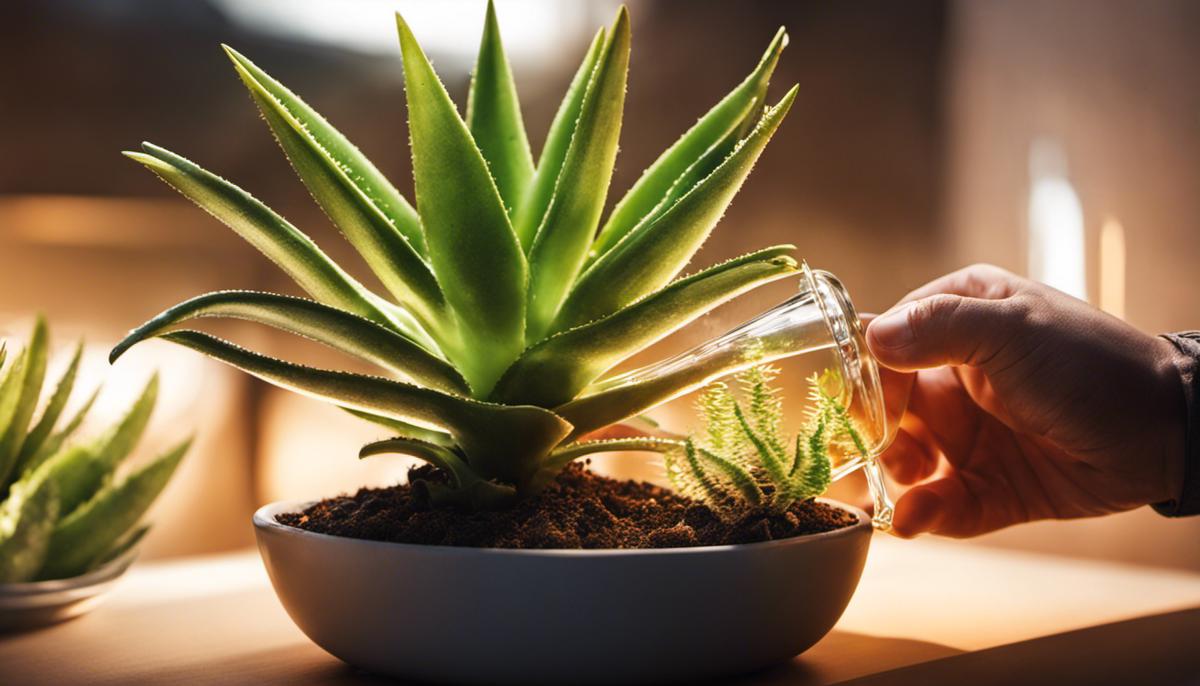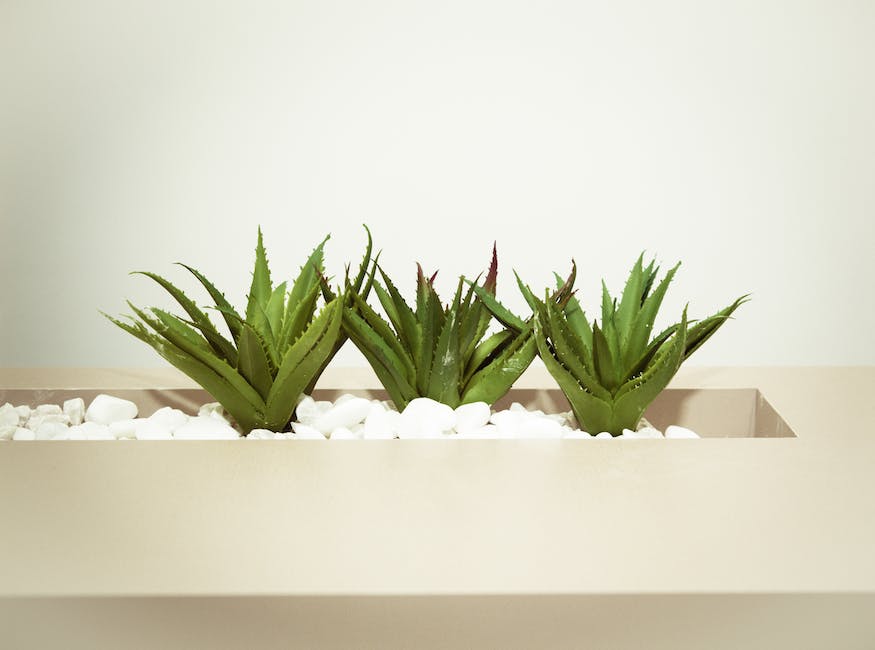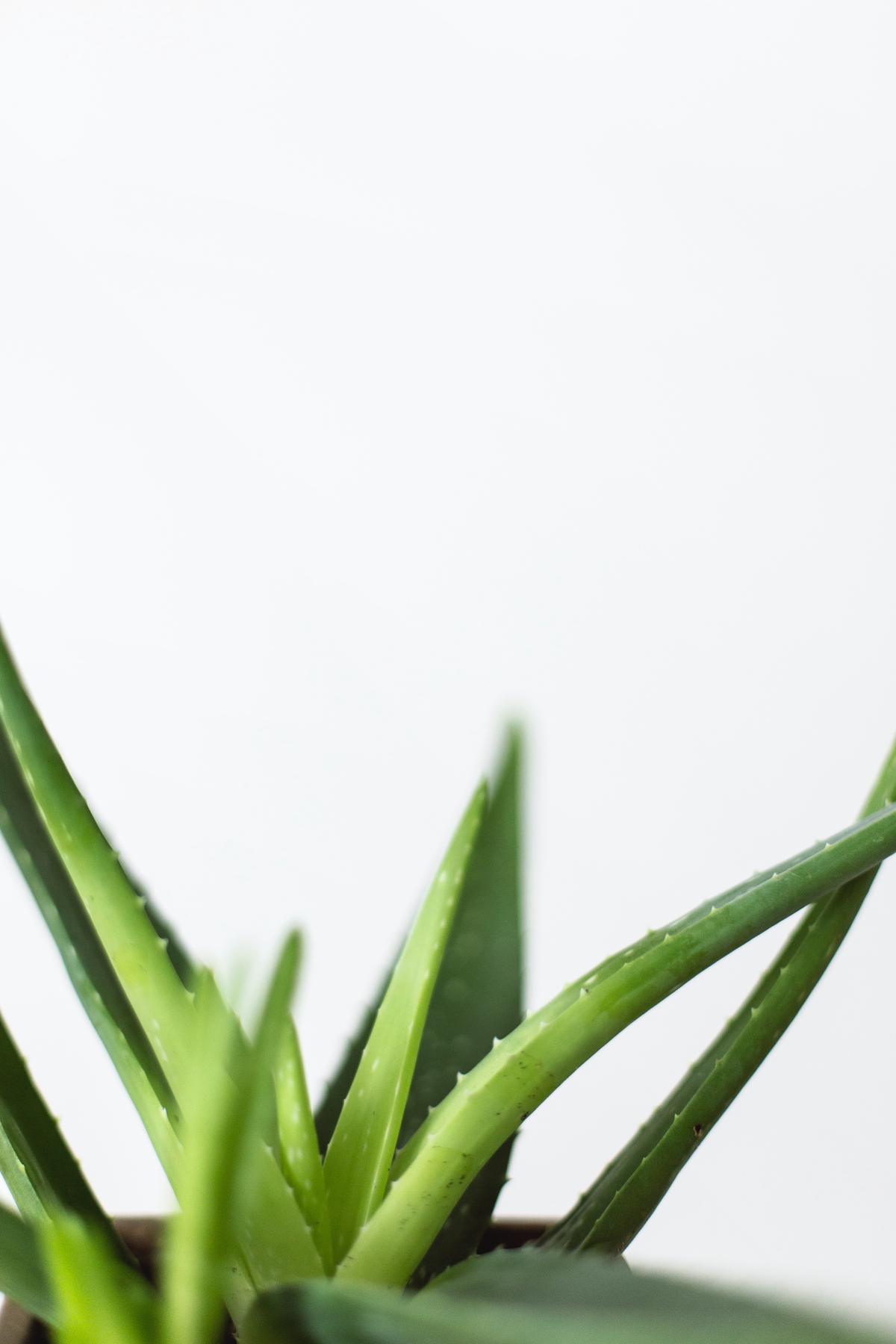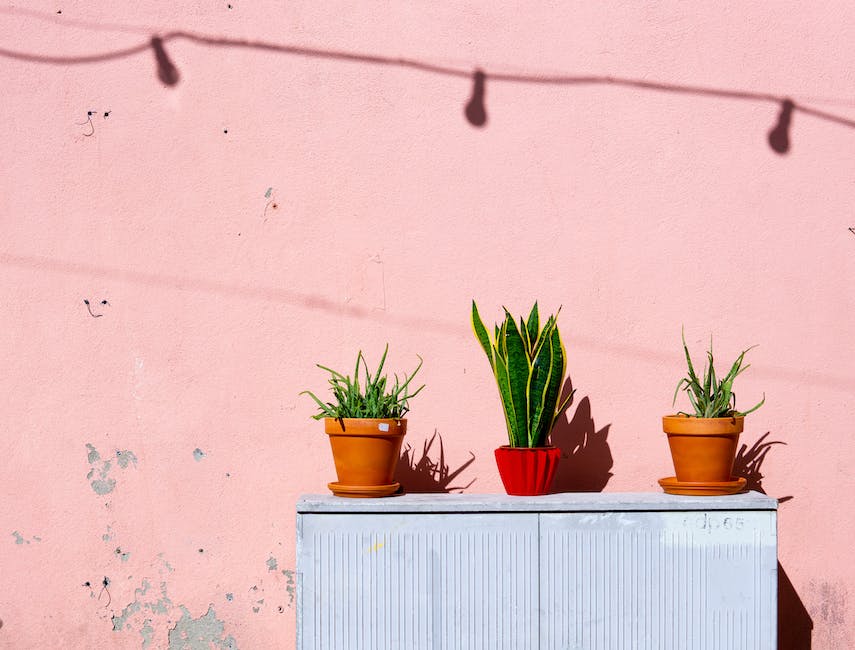Easy Steps to Grow an Aloe Plant

With its unique succulent characteristics and a myriad of health benefits, the aloe plant is a coveted addition to any home garden or indoor space. Understanding how to grow and maintain this gracious green gem involves a spectrum of interlinked factors. These include selecting the optimal environment, comprehending its watering and nutritional needs, and knowing exactly how to ensure it stays healthy. This guide aims to enrich your knowledge on these aspects, empowering you to cultivate a robust, thriving aloe plant that can potentially bring beauty, freshness, and healing into your home.
Choosing the Right Environment
Crafting the Ideal Environment for Your Aloe Plant
Captivating enthusiasts and novices alike, growing Aloe Vera is a rewarding hobby that truly grows on you! Bursting with a myriad of benefits, this succulent plant isn’t just a feast for the eyes; it has incredible healing properties as well. However, to unlock these precious benefits, ensuring the proper environment for this potent plant is of essence.
The optimal environment for an Aloe Vera is a sunny one. These hardy succulents are lovers of sunlight! A location that receives natural light throughout the day is the perfect oasis for these lovely green companions. Windowsills that face south or west are exceptional spots, as they usually get a minimum of six hours of sunlight – the perfect daily dose for an aloe’s growth.
When it comes to temperature, these robust plants prefer cooler environments and can thrive at a range between 55 to 80°F. The great news is that this temperature range suits most indoor environments perfectly. However, be cautious of temperatures below 40°F which can put the aloe plant into shock, resulting in detrimental effects.
An Aloe plant’s need for water is quite low compared to other plants — it truly is an excellent protector of resources. The watering schedule typically involves waiting until the soil dries out completely between watering. Less is certainly more regarding water. Overwatering can lead to root rot and an assortment of other problems that can harm, or even kill the plant. When it comes to frequency, watering the plant deeply once every two to four weeks in the summer and slightly less during winter months proves to be an effective approach.
The perfect soil for an Aloe Vera is one that is well-draining. An excellent option is using a commercial cacti and succulent mix. If unavailable, it is fairly easy to make your own mix using regular potting soil combined with either coarse sand, pumice, or perlite. This ensures the soil drains rapidly and prevents water-logging.
While aloe plants are champions of adapting to a range of environments, it’s beneficial to note their need for space. They aren’t particularly fond of overcrowding. Single pot placement is the key to success here as it allows the plant’s rosette base to have the room it needs to grow and flourish properly.
Humidity isn’t a strong concern when growing aloe, as they’re relatively tolerant. Nevertheless, low to moderate living room-style humidity typically suits them just fine.
The pursuit of growing an Aloe Vera plant is a thrilling journey. The plant rewards the diligent caretaker with robust growth and a wealth of therapeutic properties. Harness all this knowledge, transform any space into the perfect Aloe paradise, and unlock the joy of nurturing nature’s healing gift. Remember, every aloe plant in full bloom is a testament to the nurturing environment crafted by its ardent cultivator!

Proper Watering and Feeding Schedule
The Enthralling Adventure of Nurturing Aloe Vera
Isn’t it just spellbinding to observe the world of flora, full of intricate details and mesmerizing wonders? Undeniably one of those wonders is the beloved Aloe Vera, a perpetually intriguing succulent renowned for its resilience and myriad benefits.
So, precise watering and feeding is one of those factors that contribute to the health of this wonderful plant. Our job here is to lend a hand, to provide that little extra that helps this plant thrive.
Keeping alive the spirit of conciseness—and not revisiting what’s already known—let’s talk about the frequency of watering and feeding for an Aloe Vera.
There’s a simple thumb rule here: avoid too much. Often, the best way to ensure your aloe plant remains a happy camper is by watering it sparingly. Don’t forget, this plant is a succulent, meaning it retains water in its leaves. Thus, wait until the soil has fully dried out after the previous watering before pouring again; on average, this means watering your plant every 2-3 weeks.
Remember that winter makes Aloe Vera inactive, and during this period water requirements lessen, so watering once a month should suffice. An important aspect in this part of maintenance is the avoidance of the dreaded waterlogged soil. An adequately drained pot plays a key role in keeping roots from basking in stagnated water.
Now, onto feeding this robust plant. A delight of having an Aloe Vera is that it isn’t demanding in terms of nutrition. Most of its nutritional needs are obtained from a quality potting mix. However, an occasional feeding regime doesn’t hurt, especially during the warmer, growth-promoting months.
Using a water-soluble houseplant fertilizer diluted to half-strength can work wonders, generally administered in spring and (less often) in summer. This once-in-a-blue-moon treat provides additional nutrients that support the growth of your Aloe Vera, maximizing its potential.
And there you have it! Despite Aloe Vera’s sun-loving and arid-natured background, it is not a plant of complete self-sustainment. Your considerable care, inclusive of cautious watering and feeding, can enable this hardy plant to reach its pinnacle of health, translating into the thriving greenery that imparts a serene ambience to your spaces. Adventure on, fellow garden enthusiasts, and watch the wondrous world of Aloe Vera unfold before you!

Keeping the Plant Healthy
Plant Health Diagnostics and Treatment for Aloe Vera
Healthy aloe plants not only beautify your spaces, but their leaves are also an excellent source of the soothing aloe gel. Therefore, having a clear understanding of your Aloe Vera plant’s health is vital. Regularly doing a thorough visual checkup of your plant can help spot potential issues early on and prevent severe damage. Watch out for color changes, pests, or any other abnormalities.
The green hue should be vibrant if your plant is in a well-functioning state. Yellowing could indicate too much sunlight, while darker, brownish blemishes may suggest a lack of light or a cold-induced issue. Pests may sometimes latch onto your Aloe Vera plant – look out for tiny holes or unexplained plant damage. Most common pests for these miraculous plants are aphids and scale insects. Letharginess in growth can also hint at possible problems.
If a problem is encountered, immediately resolve it. For example, if the issue is about too much or too little sunlight, adjusting the plant’s location can help. With pests, use an appropriate natural pesticide or insecticidal soap to control the infestation. If the plant seems generally unhealthy despite proper care, double-check the root system. Root rot is a common issue with Aloe Vera caused by overwatering, fungal problems, or poor soil choice.
Organic Fertilizers and Aloe Vera
While Aloe Vera isn’t a demanding plant when it comes to the use of fertilizers, an occasional nutritional boost can help it flourish. For starters, make sure the potting mix is fortified with a slow-release fertilizer. Then, during the active growing season (Spring and Summer), supplement this with a half-strength, water-soluble houseplant fertilizer. This bi-monthly feed will ensure that your Aloe Vera has all the necessary nutrients it needs for optimized growth.
Repotting Aloe Vera
Aloe Vera plants increase in size rather quickly, and they may outgrow their pot in no time. Monitor the size, and when it seems that the pot is insufficient for the plant’s growth or roots are visible at the surface, it’s time to repot. Changing pots provides the plant with fresh, nutrient-rich soil and more space to grow, which is vital for a thriving plant. Remember, when repotting, always pick a pot with good drainage and use a well-draining soil mix.
Propagation of Aloe Vera
Aloe Vera plants occasionally produce small offshoots, or ‘pups,’ around the base. Pup propagation is a great way to add more plants without purchasing new ones. Carefully separate the pup from the parent plant, ensuring it has some roots attached. Let it dry for a day or two to form a protective ‘callous’ over the cut before planting in a well-draining potting mix.
With the right knowledge and a little consistent care, Aloe Vera plants can remain healthy, vibrant, and productive for years. Happy gardening!

Understanding and balancing the multifaceted requirements of the aloe plant is the key to its successful cultivation. By choosing a location with suitable lighting and temperature conditions, offering the appropriate amount of water and nourishment, and staying vigilant about the plant’s health, you can foster an environment where your aloe plant thrives seamlessly. The satisfaction of seeing your plant grow strong and beautiful is well worth the dedication and effort, making it an ever rewarding and enjoyable pursuit. Keep nourishing your Green Thumb, and enjoy the fruitful journey of aloe cultivation!



